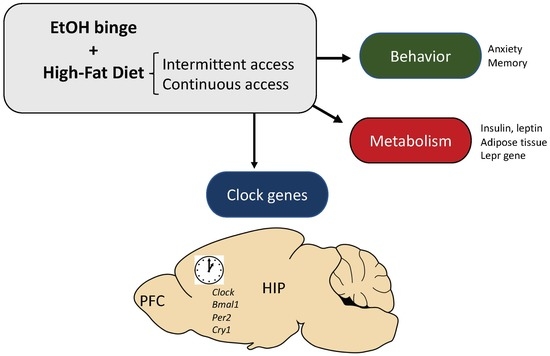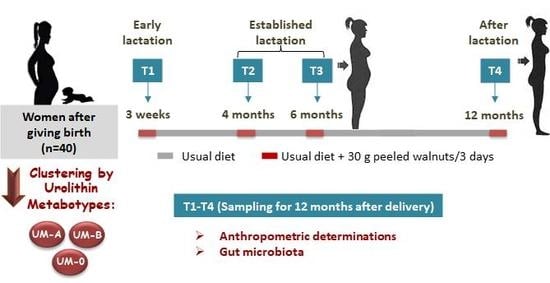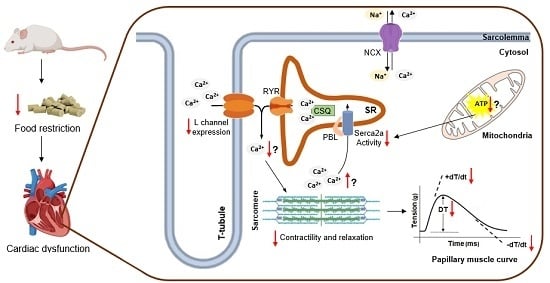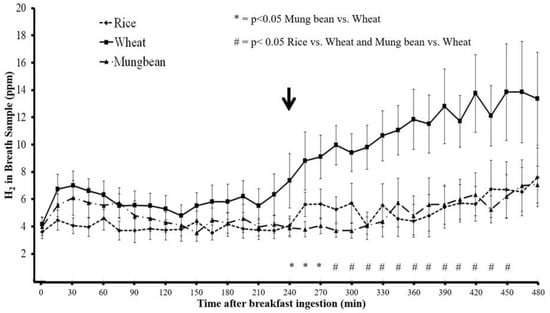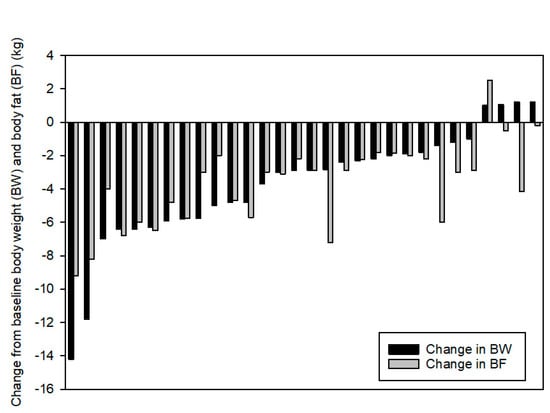Nutrients 2019, 11(9), 2253; https://doi.org/10.3390/nu11092253 - 19 Sep 2019
Cited by 7 | Viewed by 4974
Abstract
Background: Dietary factors have significant effects on the brain, modulating mood, anxiety, motivation and cognition. To date, no attention has been paid to the consequences that the combination of ethanol (EtOH) and a high-fat diet (HFD) have on learning and mood disorders during
[...] Read more.
Background: Dietary factors have significant effects on the brain, modulating mood, anxiety, motivation and cognition. To date, no attention has been paid to the consequences that the combination of ethanol (EtOH) and a high-fat diet (HFD) have on learning and mood disorders during adolescence. The aim of the present work was to evaluate the biochemical and behavioral consequences of ethanol binge drinking and an HFD consumption in adolescent mice. Methods: Animals received either a standard diet or an HFD (ad libitum vs. binge pattern) in combination with ethanol binge drinking and were evaluated in anxiety and memory. The metabolic profile and gene expression of leptin receptors and clock genes were also evaluated. Results: Excessive white adipose tissue and an increase in plasma insulin and leptin levels were mainly observed in ad libitum HFD + EtOH mice. An upregulation of the Lepr gene expression in the prefrontal cortex and the hippocampus was also observed in ad libitum HFD groups. EtOH-induced impairment on spatial memory retrieval was absent in mice exposed to an HFD, although the aversive memory deficits persisted. Mice bingeing on an HFD only showed an anxiolytic profile, without other alterations. We also observed a mismatch between Clock and Bmal1 expression in ad libitum HFD animals, which were mostly independent of EtOH bingeing. Conclusions: Our results confirm the bidirectional influence that occurs between the composition and intake pattern of a HFD and ethanol consumption during adolescence, even when the metabolic, behavioral and chronobiological effects of this interaction are dissociated.
Full article
(This article belongs to the Special Issue Binge Eating Disorder 2019)
►
Show Figures
